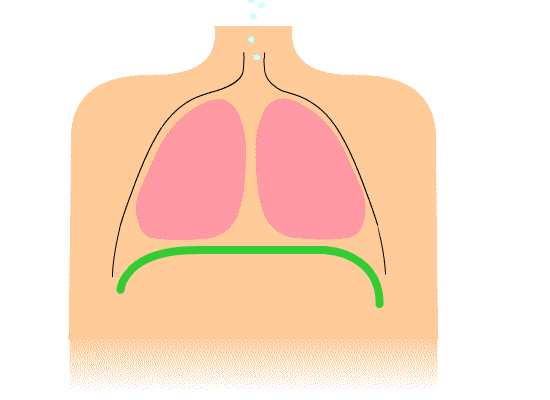We discussed the eight components of the learning discipline need to attain yoga, the worldview of oneness of existence. Yoga is a very vast subject with many aspects. Although all of yogic discipline is related with health and wellness, we have taken those parts of the eightfold practice as the scope of this centre which we consider essential to health and wellness.
The components related wholly or in part with our scope are:
- Asana: Body postures
- Pranayama: Disciplined breathing, and
- Pratyahara: Directing the senses inward
Of all the body postures used in traditional yoga for body fitness, we need to pick for our scope those postures that are also fit for meditation, the ultimate tool for the attainment of the worldview of oneness. Effective meditation requires that our body posture that we use for it can be sustained for the duration of long meditation sessions without disturbances and pain. Comfort and stability thus are the key requirements for the body postures in which we meditate.
For the same reason, of all the possible breathing exercises, we are going to pick those best suited for meditation. Meditation is primarily a mental pursuit whereas breathing primarily is physiological but it also is very close to the mind. When breath changes, mind changes its content. For one-pointed focus in meditation, it is important that the characteristics of breath should not change. For stability of the mind, stability of breath is a key requirement.
Breath is also affected by emotion, stability of emotion is important for the stability of breath. It is thus important that those interested in overall health and wellness lead ethical and principled lives for stability of emotions.
Physiology of respiratory system tells us that although there are many accessory muscles taking part in breathing, the primary muscle in mammals that include humans is the diaphragm. It is the domed transverse muscle that separates the thoracic cavity from the abdominal cavity. All mammals including humans at rest primarily use the diaphragm for breathing. Breathing in happens by flattening of the dome of the diaphragm pushing the abdominal contents downwards and breathing out by its reverse movement as shown in the Figure below. Accessory muscles are also called upon the get involved in breathing. They do so by changing the size of the chest cavity. There are many accessory muscles the foremost among them are the intercostal muscles of the rib cage.
|
Figure showing the action of the primary muscle used by all mammals for breathing. It is the domed transverse muscle, shown in green, separating the chest cavity containing the lungs from the abdominal cavity. Enlarging the size of the chest cavity by the flattening of the diaphragm results in air entering the lungs and reducing its size results in air being pushed out of the lungs. This movement of air in and out of the lungs is breathing. |
Ordinarily breathing is an autonomic function largely influenced by our emotional states. Ambient threats to our likes and dislikes combined our sense of helplessness constantly keep in fight or flight mode elevating our rate of breathing and making the breath shallow. Humans have the ability of running the breath under our own conscious control to elicit relaxation response. For this and many other reasons, slow and deep diaphragmatic breathing is the core component of the scope of the SHEN Centre for Health and Wellness.
In its wake, slow and deep diaphragmatic breathing fills a necessary requirement of meditation. We cannot meditate without turning the perceptive senses inwards towards the mind. Slow and deep breathing by its very nature does that in an excellent manner giving the practitioner the ability to seamlessly move into meditation at the end of a deep breathing period.
